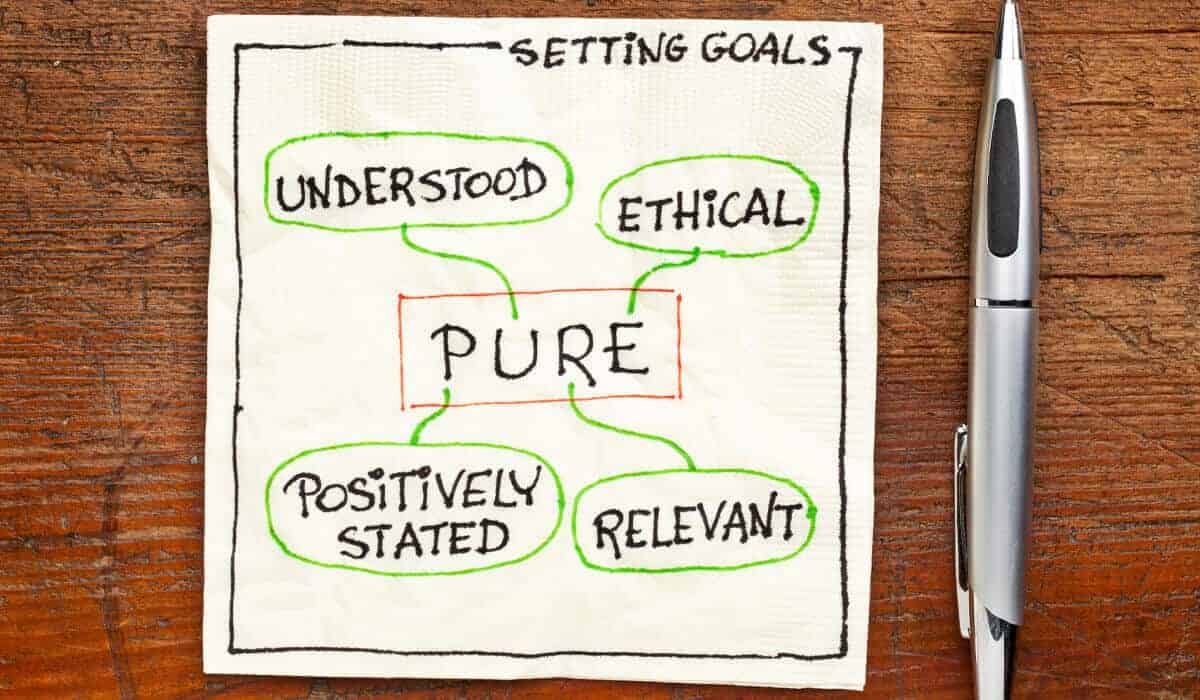The Napkin Pitch: How Southwest Came to Be

Maybe you’ve heard it called the “elevator pitch” — you get in the elevator with a boss or a studio exec and have to explain your idea in the time it takes to ride the elevator because that’s the only time they’ll give you. Or maybe you’ve heard that great ideas should fit on the back of a business card.
Whether you’re talking about an elevator pitch, business card pitch, or napkin pitch, the concept is the same: great ideas are simple. That doesn’t mean that the business won’t be complicated, of course — any business will have logistical and financial details that can’t be boiled down to a sentence or two. But the core of the business — its reason for being — shouldn’t be complicated.
On January 3, the world lost Herb Kelleher, a co-founder and later CEO of Southwest Airlines. Kelleher was one of the business world’s true mavericks and innovators, rightfully praised for revolutionizing air travel and building one of the most-loved corporations in the country — and it all started with a napkin.
Southwest Airlines — The Big Idea
In 1966, Kelleher met with Rollin King at a restaurant in Texas. Kelleher wanted to get into the air travel business, but King was skeptical. Kelleher grabbed a napkin and drew a simple sketch: a triangle, with the corners labeled “Dallas,” Houston,” and “San Antonio.”
The original napkin photo
The idea was simple. Connect the three major cities of Texas so that people could fly instead of driving. A year later, Southwest Airlines launched.
What Southwest Did Right
At the time, air travel was still a bit of a formal affair. People dressed up to travel, they were served hot meals with metal cutlery and real glassware, and the whole thing resembled what the Boston Globe calls “a cocktail party on wings.”
In that context, the idea of putting on fancy clothes just to fly half an hour from one Texas city to another seemed ridiculous. But Kelleher and King weren’t competing with the other airlines — they were competing with cars.
The core principle of Southwest was, and has continued to be, making flying easier. It didn’t have to be a whole to-do just to travel for business — you could spend half an hour on the plane instead of four hours in the car, take care of what you needed to take care of, and be home in time for dinner.
Today, Southwest carries the second-most passengers of any airline in the world — just a few hundred behind Delta, despite the fact that Delta carries almost eight times as many international passengers. Southwest is the clear king of US domestic travel, and it’s not particularly close.
How? Their unique unassigned boarding system is up to ten minutes faster than the back-to-front method that everyone else uses. Their entire fleet is made of Boeing 737s, facilitating simpler gates, easier booking, and faster turnaround times. Their rewards points are easier to redeem. Their flight attendants are friendlier. They don’t nickel-and-dime customers with hidden fees. In short, Southwest has made a notoriously stressful experience painless.
Why Simple Ideas Work
We’ve talked before about the “golden circle” — a way to visualize your company’s priorities to make your product and your message more compelling.
The outermost layer is what you do. Maybe you make laptops, maybe you run an Italian restaurant. The “what” of Southwest is simple: they fly people from one place to another.
The middle layer is the how. The “how” of any brand is just another word for your product’s differentiator or unique selling proposition — whatever it is that makes you different or better than your competition.
At the core of your circle is the “why.” The “why” is your reason for being — why you go to work every day, why your company needs to exist in the world of your competitors, and why people should care about you.
That’s where the simplest ideas can stand out. Apple wants to make hardware and software that just work, right out of the box. Patagonia wants to be the most eco-conscious clothing company they can be. And Southwest wants to take the hassle out of flying.
The simple ideas are the ones that make the strongest cores of a business. Southwest went from easy commuter flights to an airline behemoth because their core idea allowed them to be flexible, adaptable, and innovative. If your business isn’t based on your business model or pricing sheet, but a simple “why,” you can stay ahead of the pack for as long as you keep striving.





